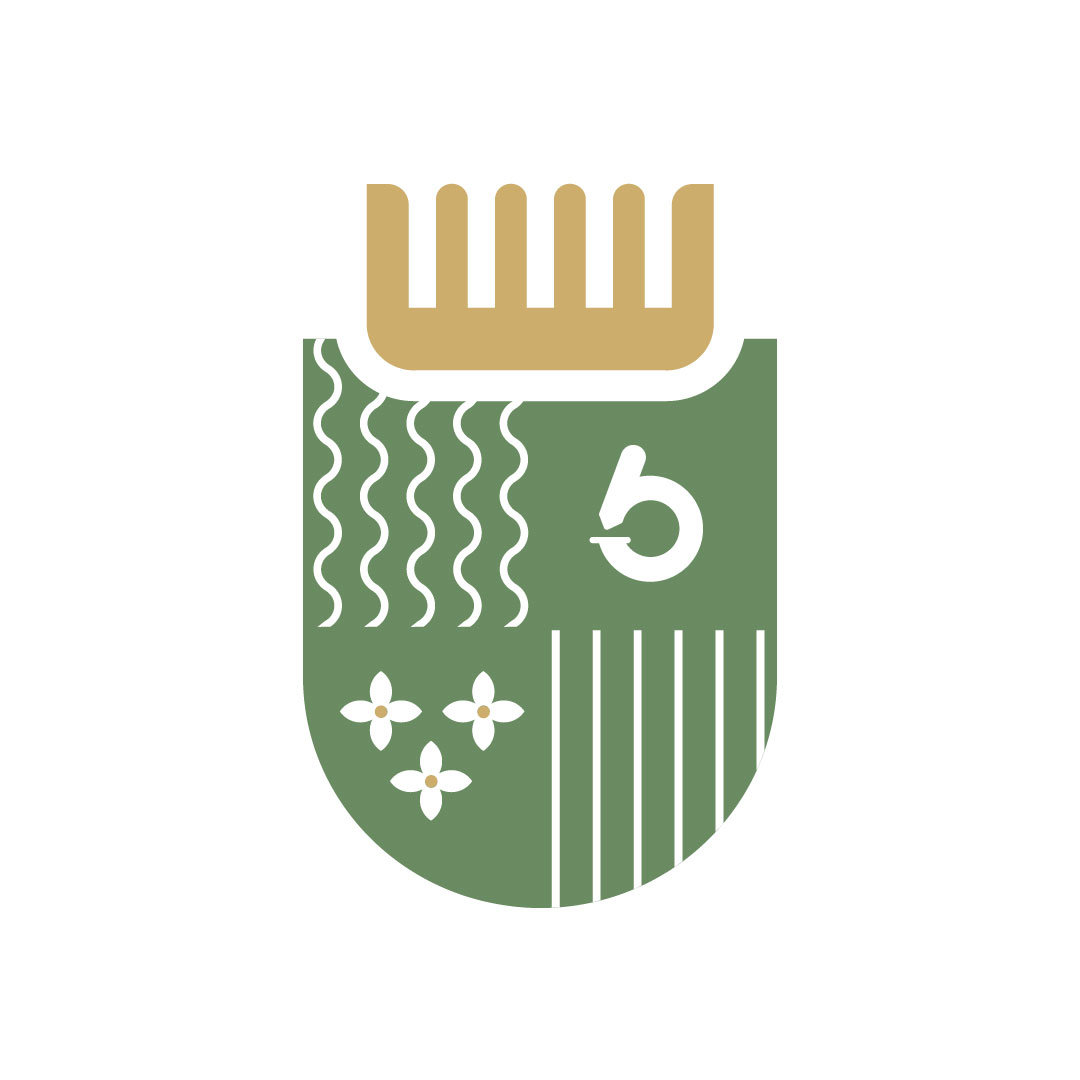How does the sun affect our skin and hair
Many people believe that the natural photoprotective properties of the body are enough and forget about their hair, which undergoes prolonged and intense exposure to the sun’s rays during sunbathing. If the hair has been exposed to the sun for a long time, UVA and UVB rays can damage the outer layer of the hair, called the cuticle.
How does the sun affect our hair?
Hair constantly suffers from a series of environmental aggressions, such as exposure to seawater or swimming pool chemicals, as well as environmental pollution in cities. However, what produces the greatest alteration is solar ultraviolet radiation. The effects are aggravated by dyed hair because keratin can be modified under the influence of the Sun’s ultraviolet rays, UVA and UVB.
There are three effects of ultraviolet radiation on hair:
A. Formation of free radicals.
Hair’s amino acids, such as cystine, tyrosine, phenylalanine, and tryptophan, absorb ultraviolet radiation and form free radicals. Consequently, the hair’s disulfide bonds can break. The result is hair damage: split ends are created, and hair becomes frizzy, dry, and loses volume.
B. Discoloration.
On light or blonde hair, discoloration occurs due to the photo-oxidation of the hair’s amino acids: tyrosine, tryptophan, cystine, histidine, and proline. On brown hair, discoloration occurs due to the photo-oxidation of melanin.
C. Hair Fiber alterations.
The hair damage from sun exposure is as severe as the damage to the skin and is related to the length of exposure to solar radiation. The hair fiber, due to ultraviolet radiation, becomes brittle and prone to frizziness and split ends, while UVA and UVB radiation alter hair color pigments. The keratin hair or cuticle is the outermost part of the hair, and therefore, it is the first thing that is affected by solar radiation—it opens, loses its protection, and the innermost hair layer’s breakage begins.
Almu Rodriguez
Pharmacist
Hairwise






